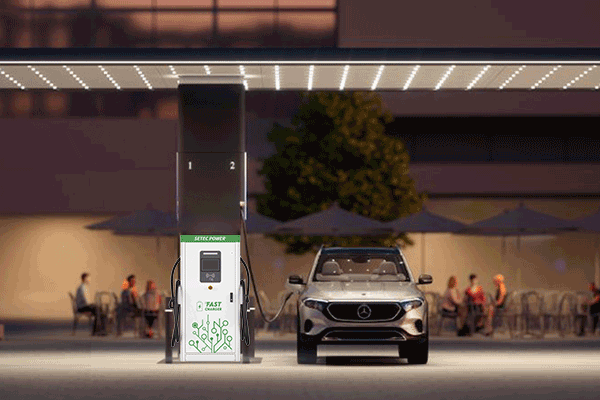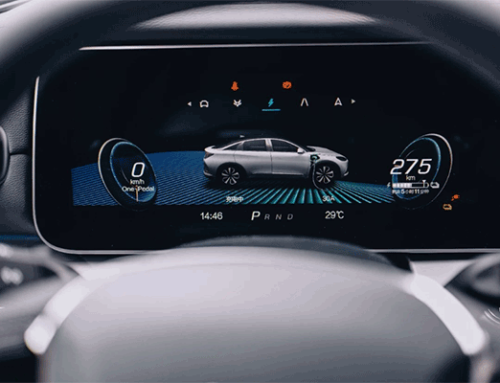The growth of the EV charging industry is both a result of and a key influence on the proliferation of electric vehicles. Charging infrastructure is considered the “last mile” in EV adoption and is vital for the widespread use of EVs. Therefore, accelerating the development of charging facilities like charging stations is a priority in the industry. In the United States, the profit models for the EV charging industry are adapting to local market dynamics and policy landscapes. These models include:

Government Subsidies and Incentives
The U.S. government, both at the federal and state levels, offers various incentives for the construction and operation of EV charging infrastructure. This includes tax credits, grants, and rebates. Policies are aimed at subsidizing infrastructure development and operation, transitioning from general EV incentives to more focused charging infrastructure support.
Electricity Price Arbitrage
Charging service operators generate revenue by marking up the electricity cost to EV users. This model is direct and widespread. Operators charge fees for the electricity provided, often regulated by state or federal guidelines.
Parking Space Management
Operators offer additional services like charging spot reservations and dedicated parking spaces. Users pay extra for these conveniences, ensuring a more personalized and efficient charging experience.
Value-Added Services
Charging stations serve as new platforms for advertising. Display screens at stations provide instructions, safety guidelines, and promotional content. Customized advertising, vehicle rental services, and insurance offerings are also part of this model.
Data Monetization
Operators use charging management systems and mobile apps to gather valuable user data. This data is used for targeted advertising and service offerings, enhancing user engagement and loyalty.
Auxiliary Services
While customers wait for their cars to charge, operators can offer additional services such as convenience stores, repair shops, small entertainment setups, and car washes. This diversification aims to improve the utilization of charging stations. Additional vehicle services like maintenance, breakdown repair, and technical support are also provided, allowing users to fulfill other vehicle needs while charging.














